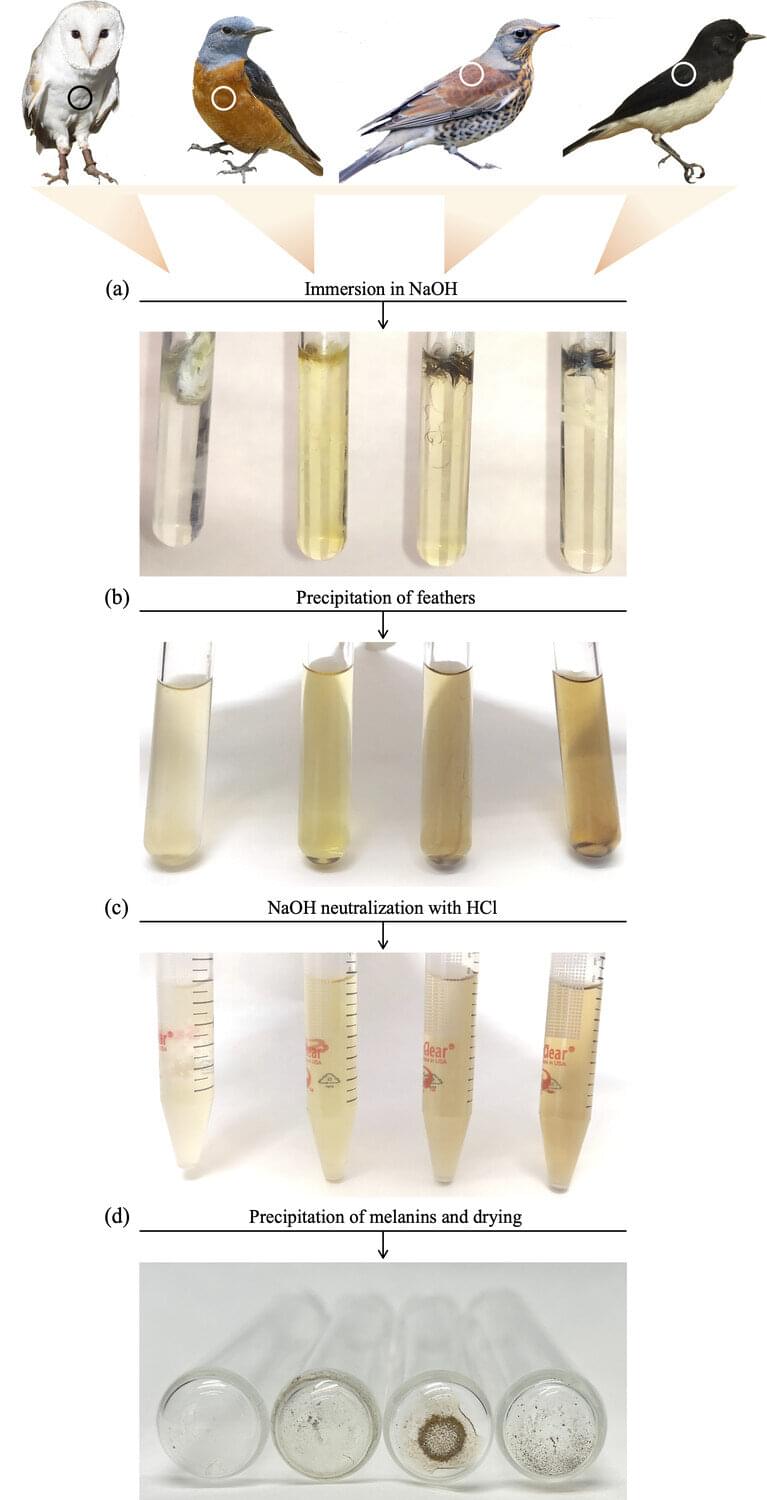Learning how to study the leopard-like spots found on both terrestrial and Martian rocks can prepare scientists for when the real samples arrive from space. A curious red Martian rock nicknamed Sapphire Canyon has scientists excited, as its spotted appearance hints at possible organic origins. On Earth, researchers tested a powerful laser technique, O-PTIR, on a similar rock found by chance in Arizona, proving it can rapidly and precisely reveal a material’s chemical makeup. This high-resolution method could play a key role in analyzing Mars samples once they arrive, adding to its growing track record in NASA missions like Europa Clipper.
In 2024, NASA’s Mars rover Perseverance collected an unusual rock sample. The rock, named Sapphire Canyon, features white, leopard-like spots with black borders within a red mudstone and might hold clues about sources of organic molecules within Mars.
Here on Earth, in Review of Scientific Instruments, by AIP Publishing, researchers from Jet Propulsion Laboratory and the California Institute of Technology used a technique called optical photothermal infrared spectroscopy (O-PTIR) to study a visually similar rock. They wanted to determine if O-PTIR can be applied to the Sapphire Canyon sample when it is eventually brought here for study.






